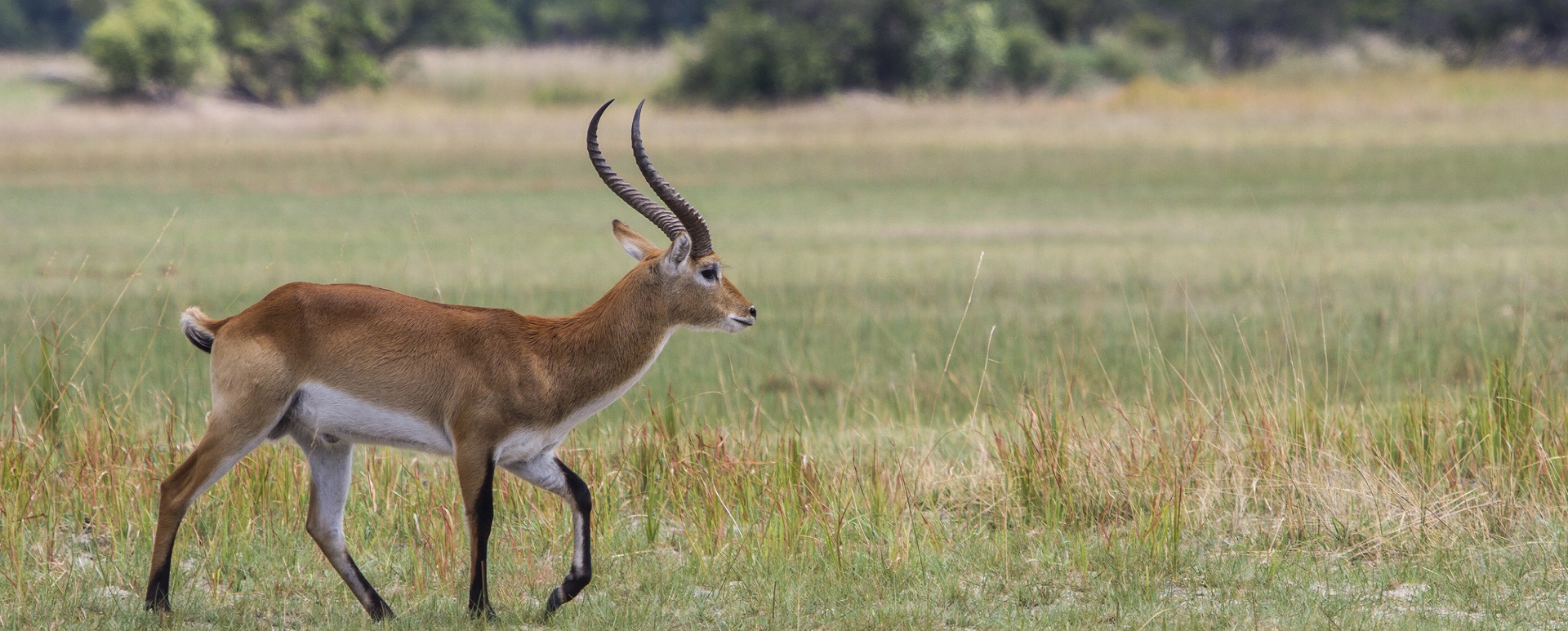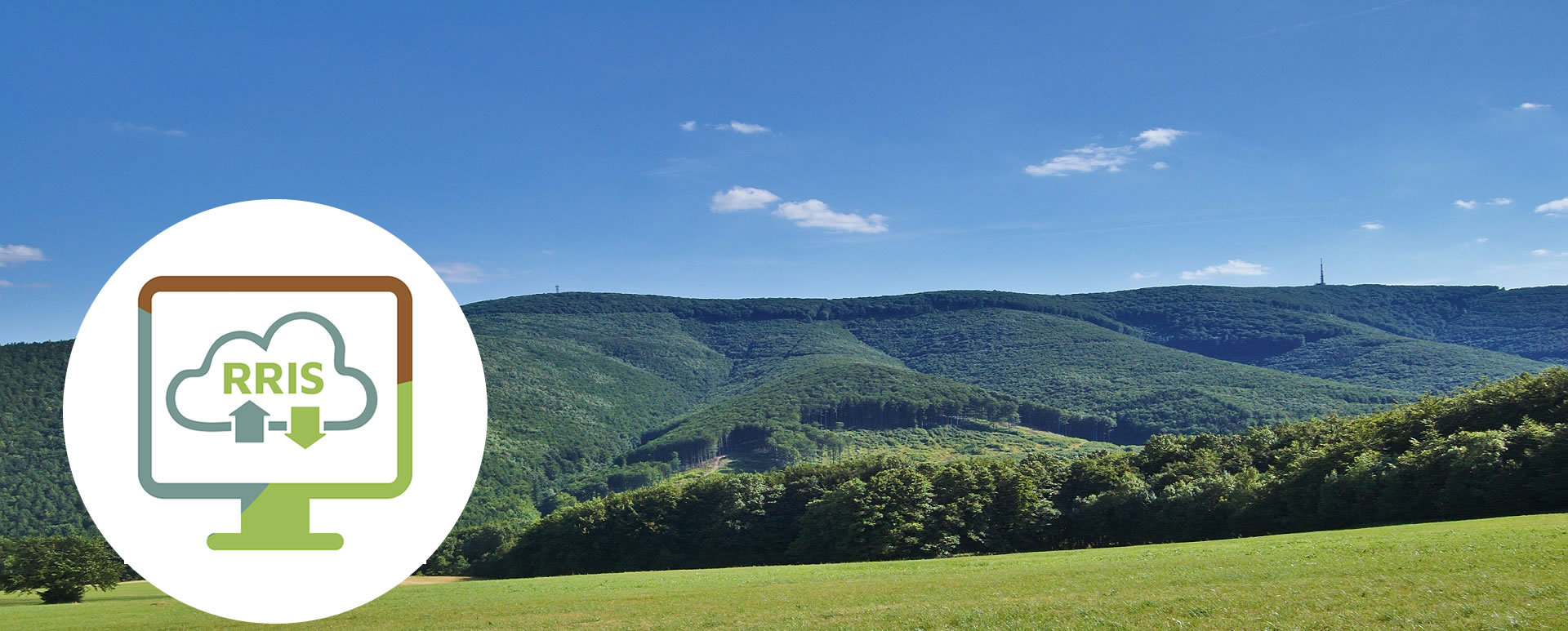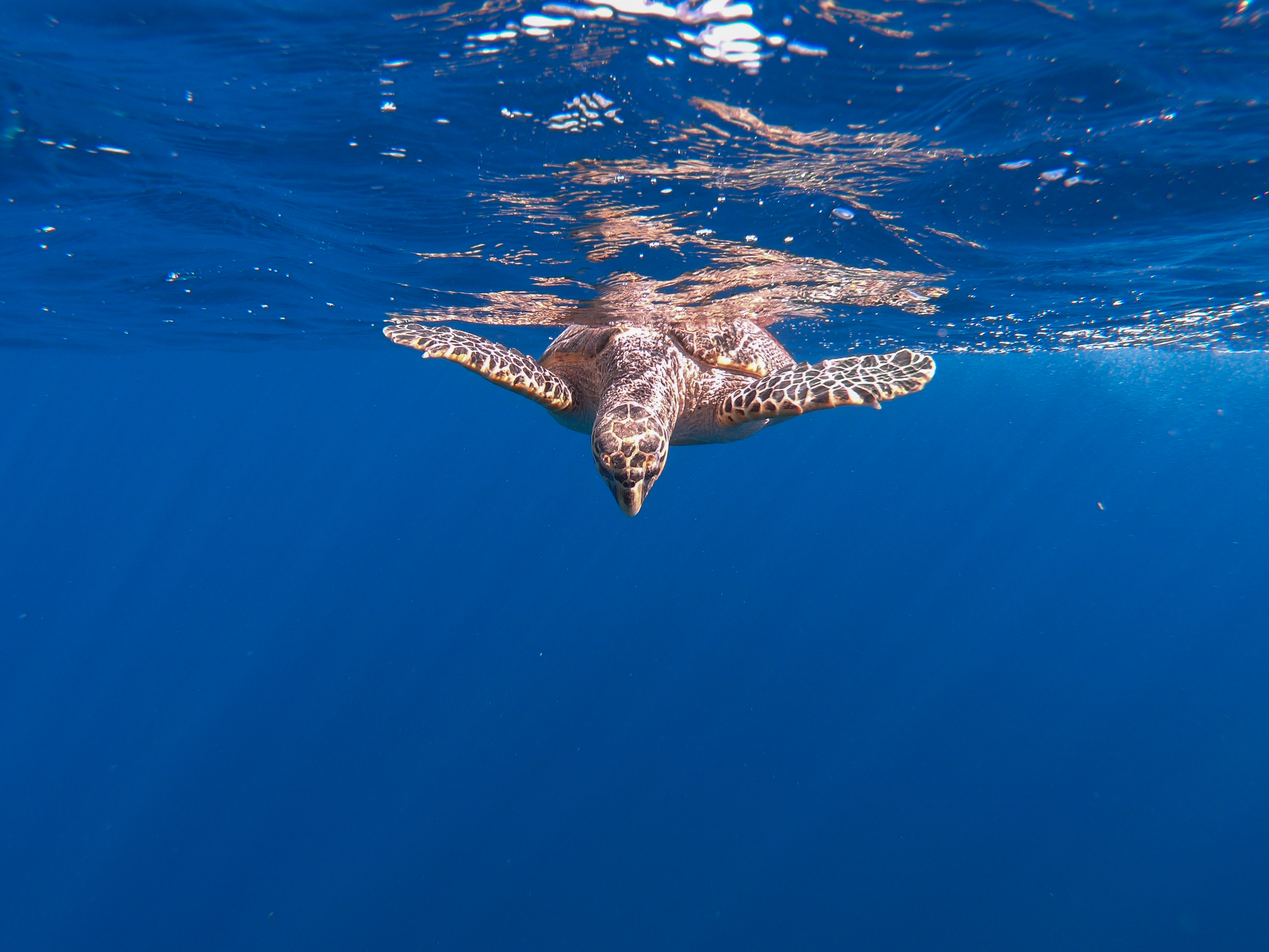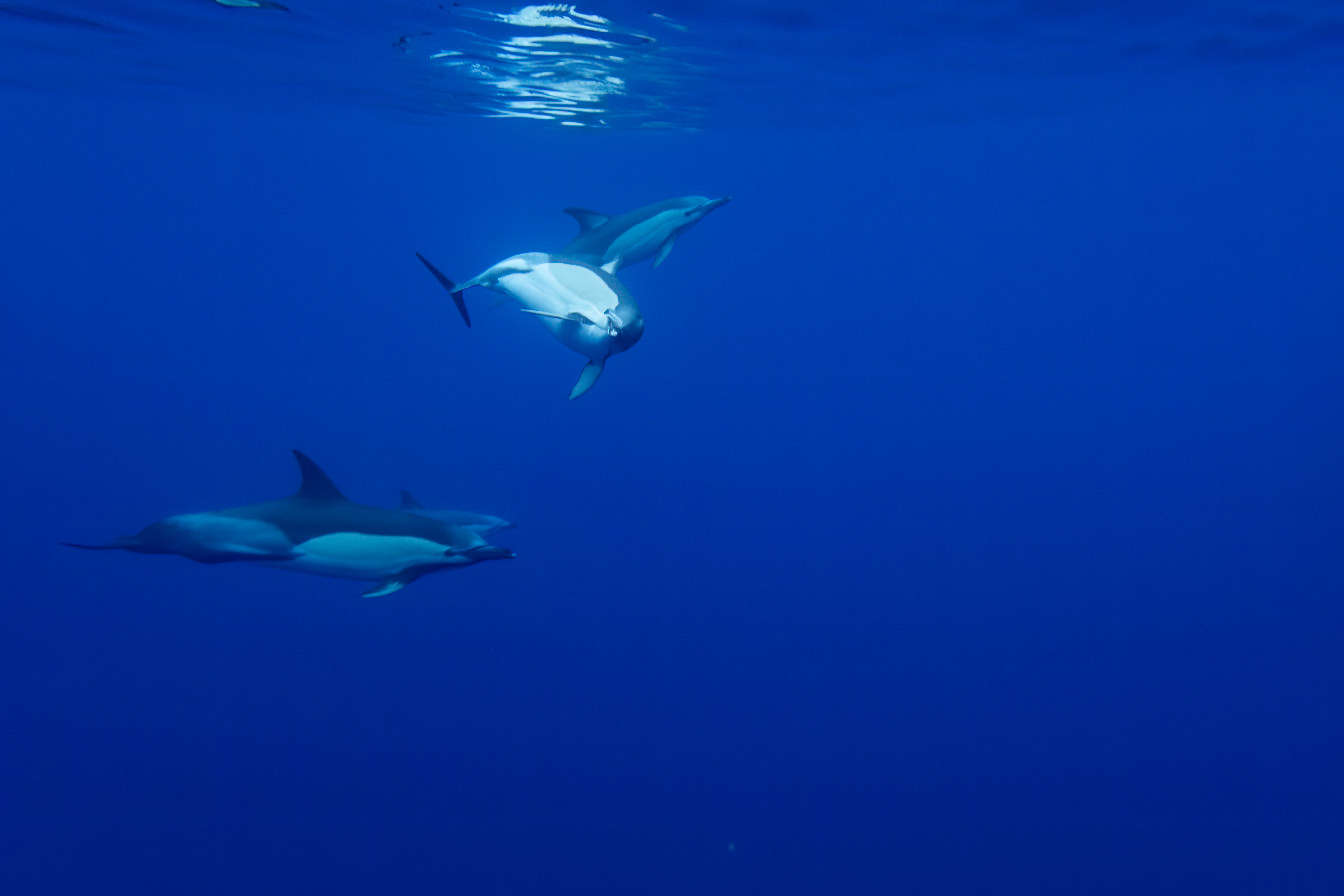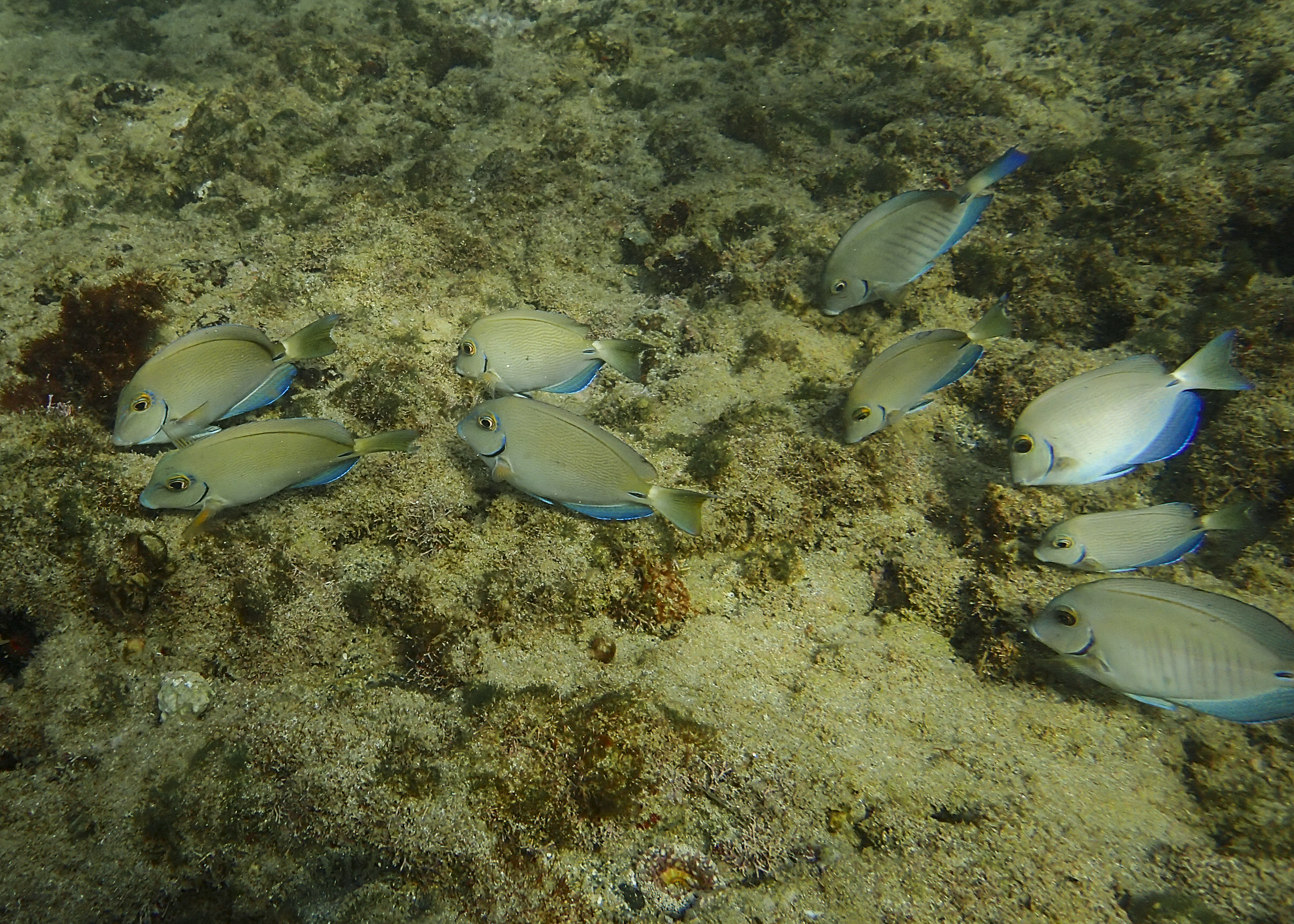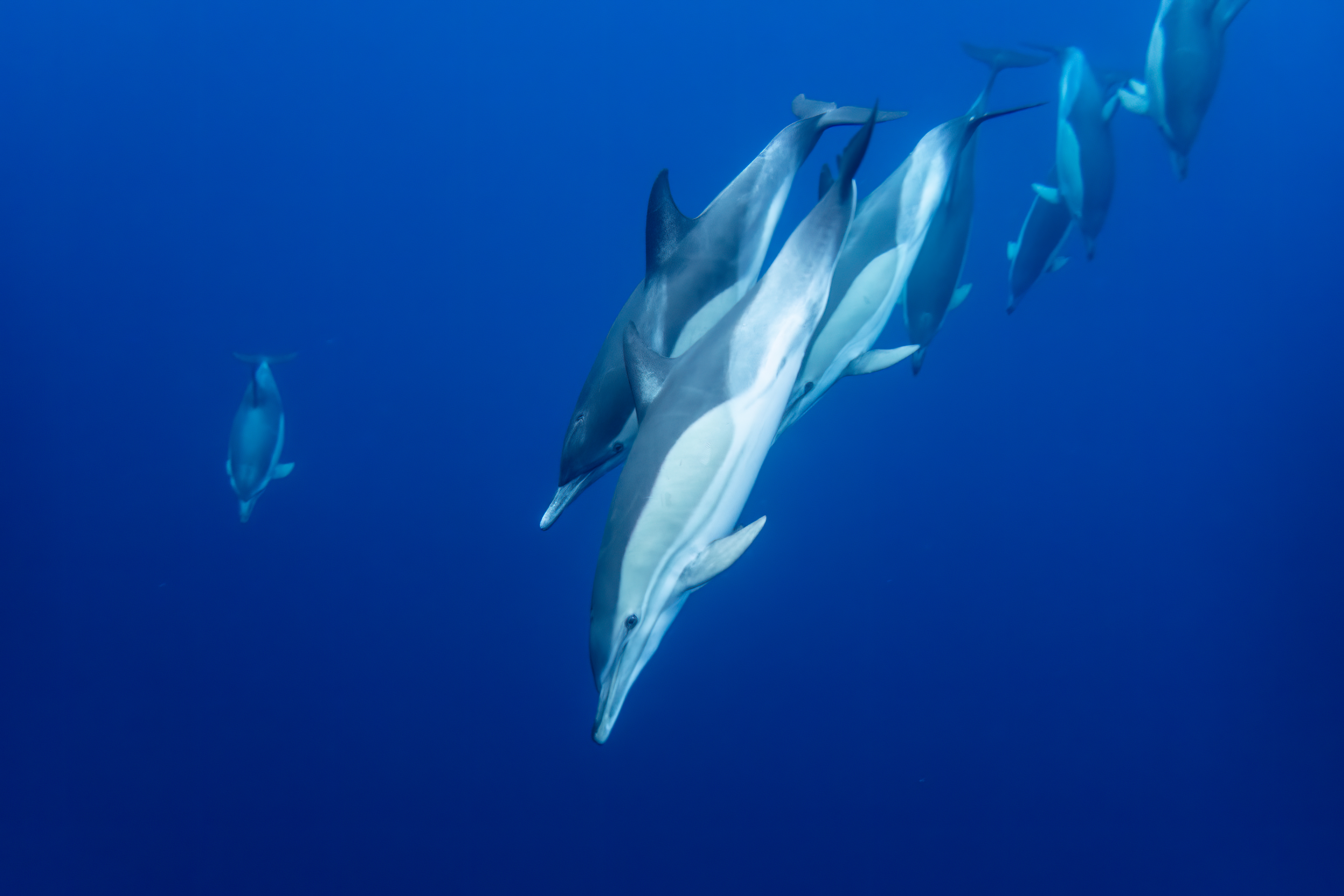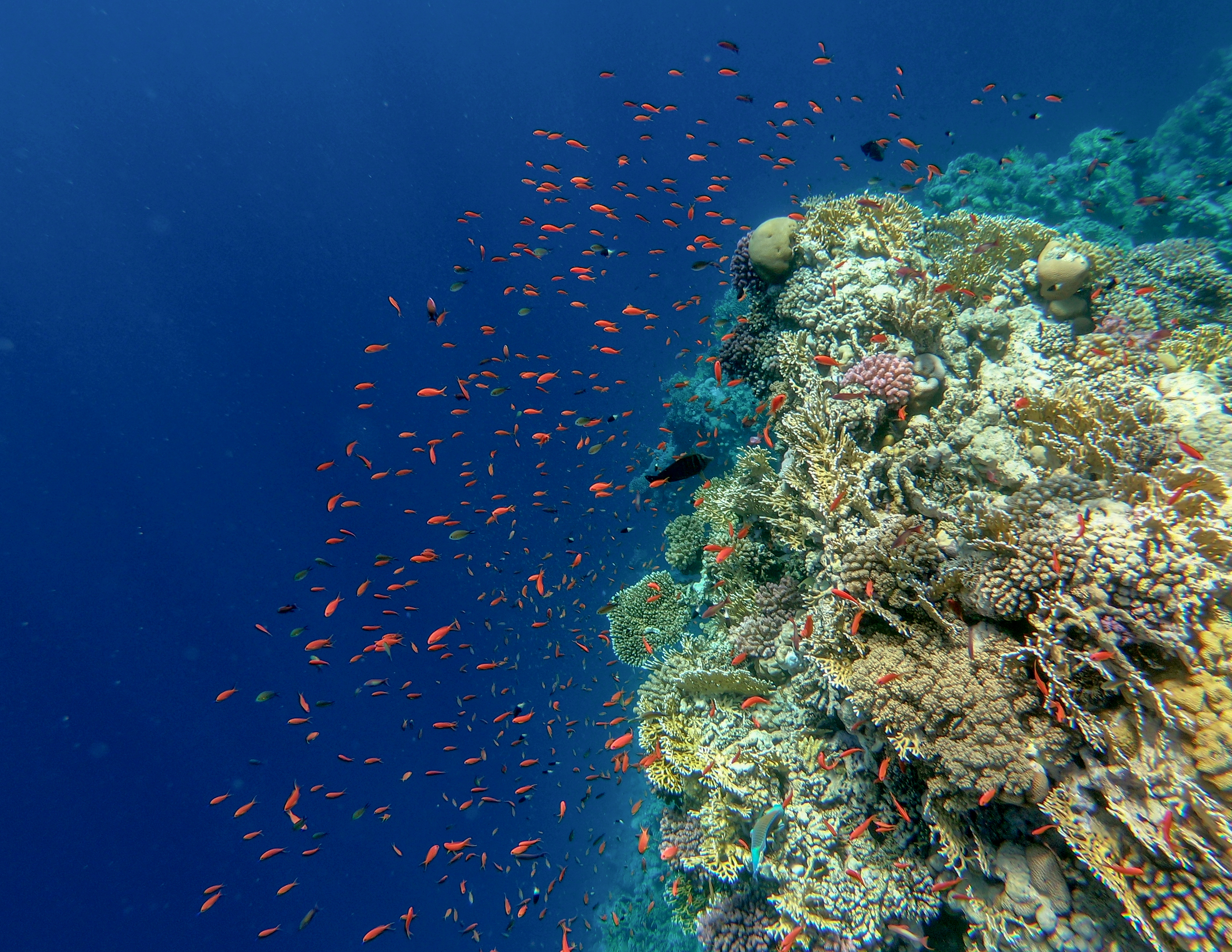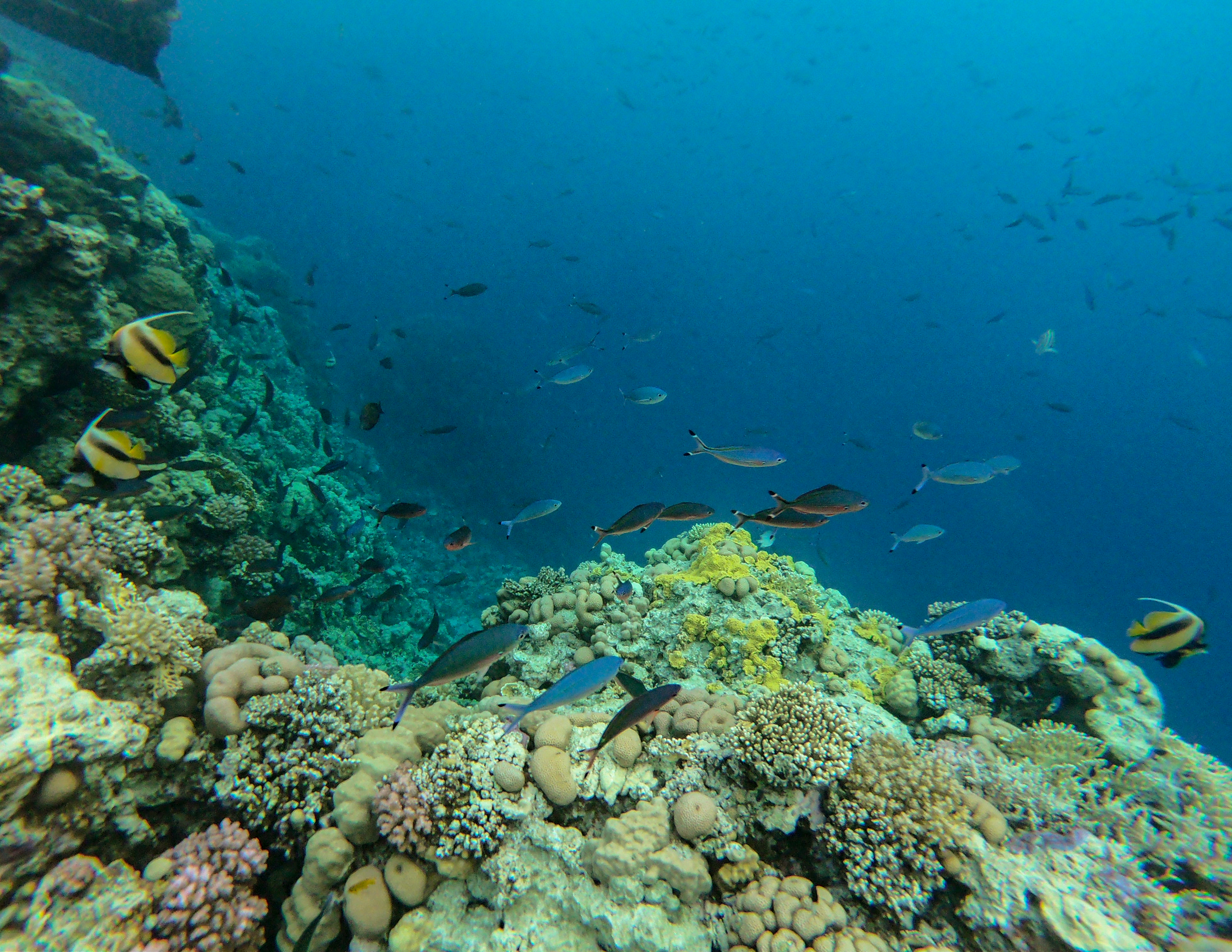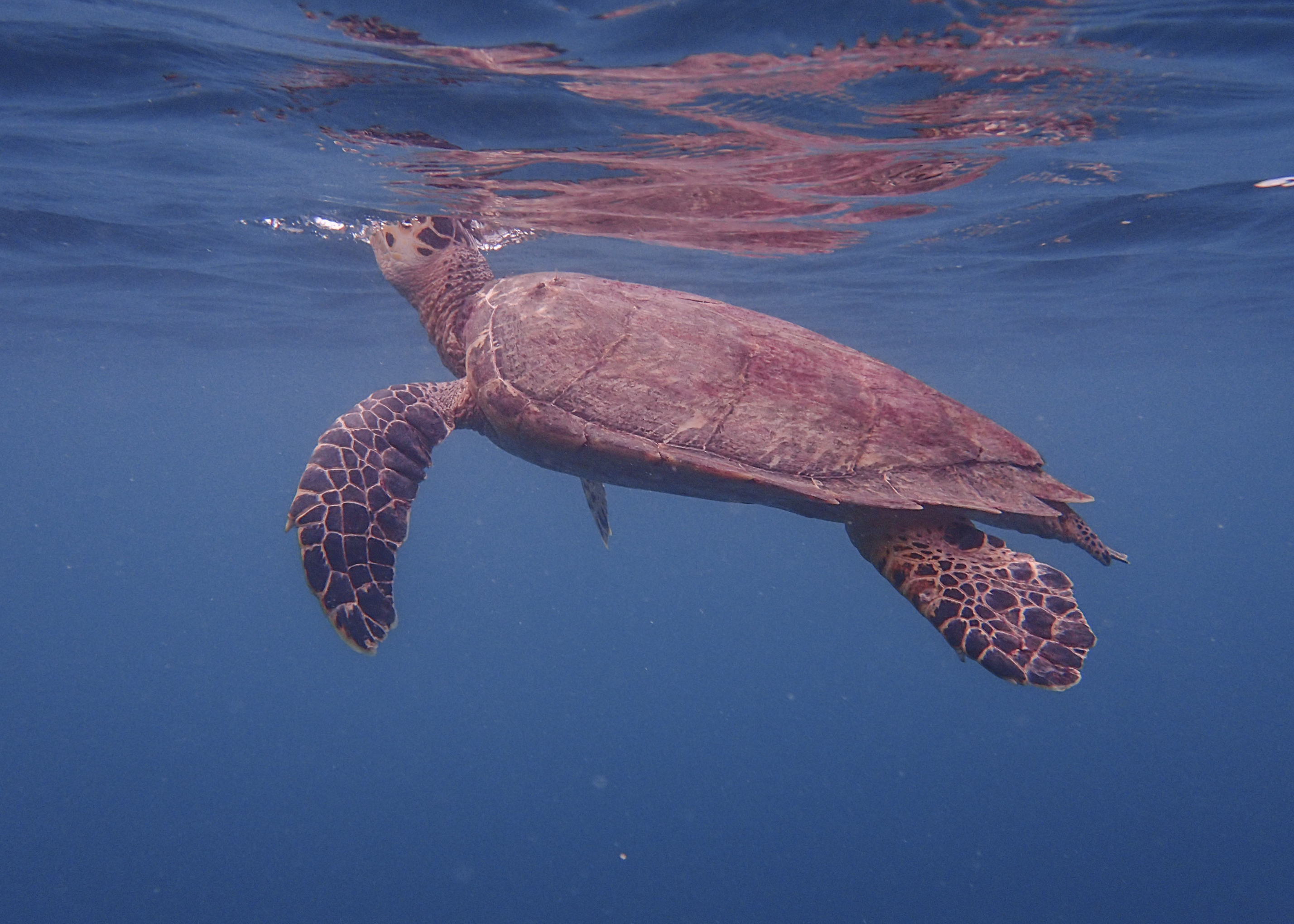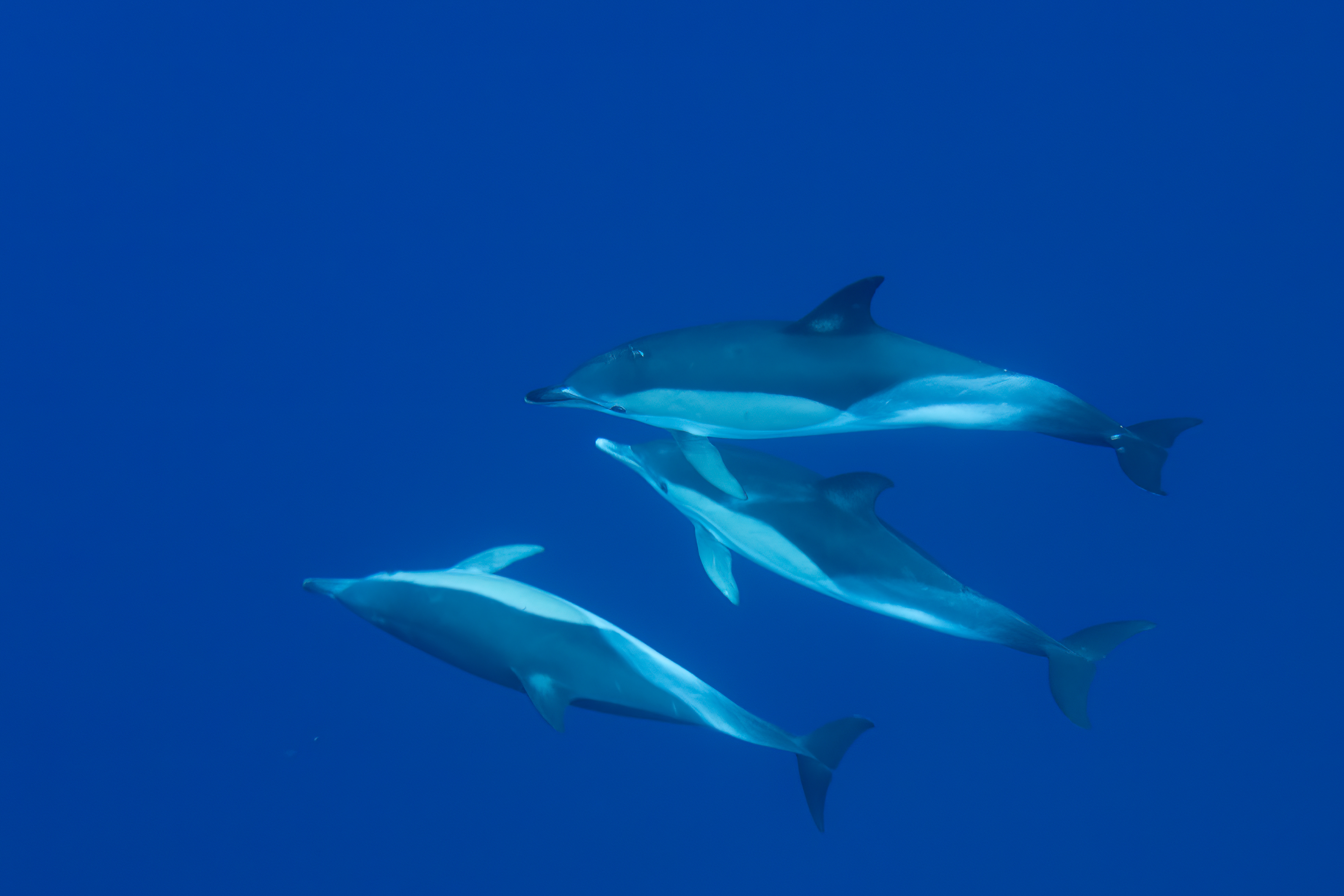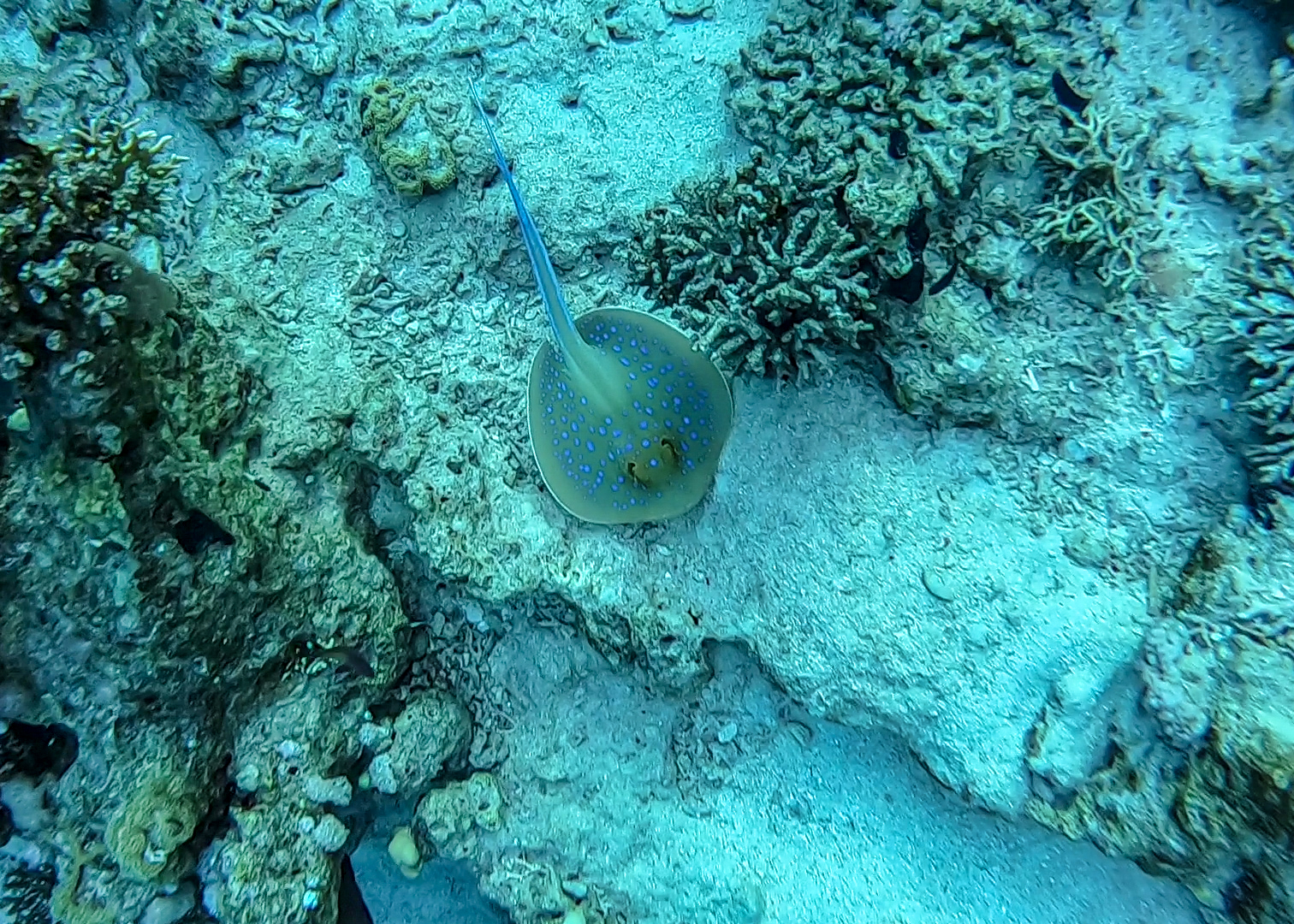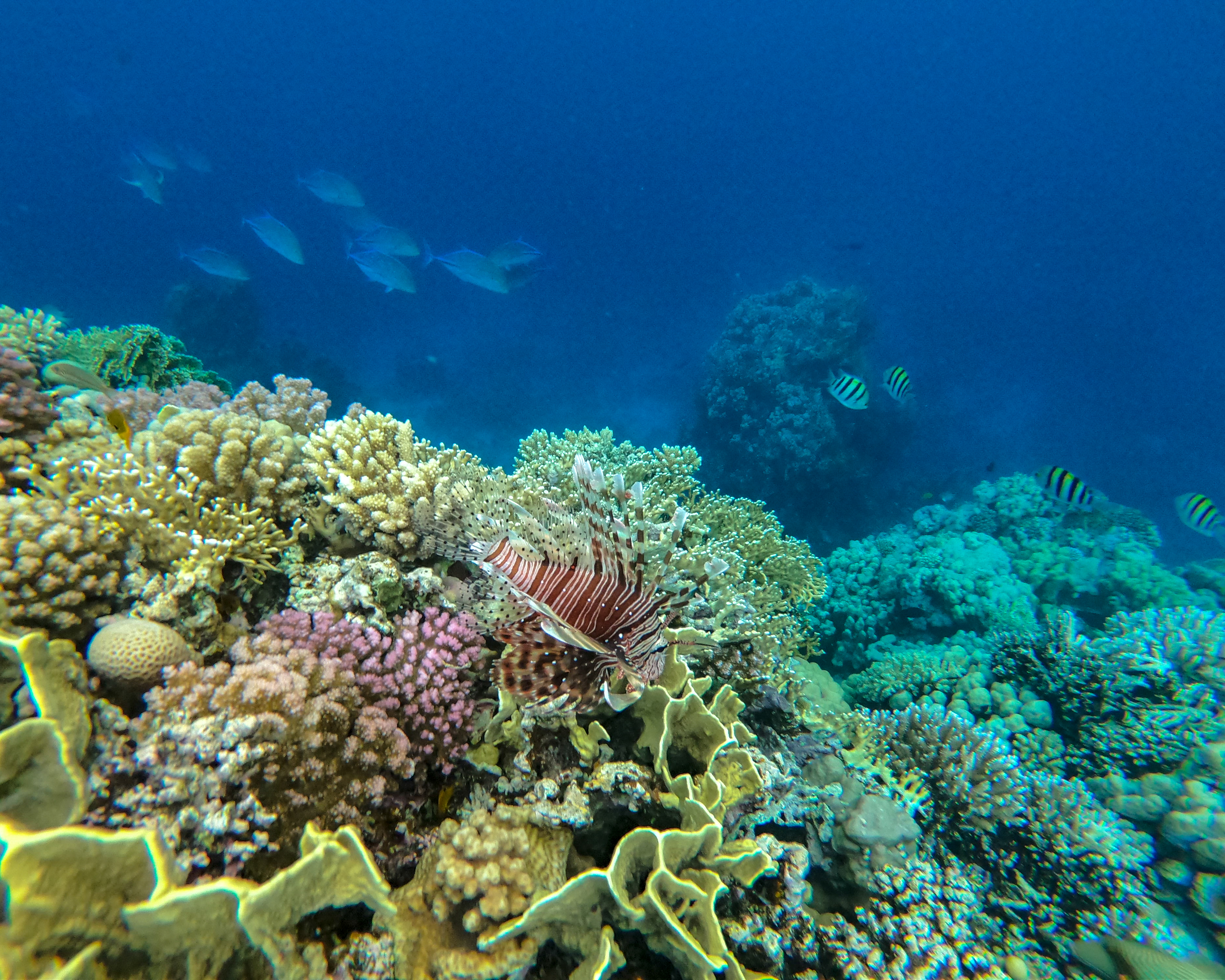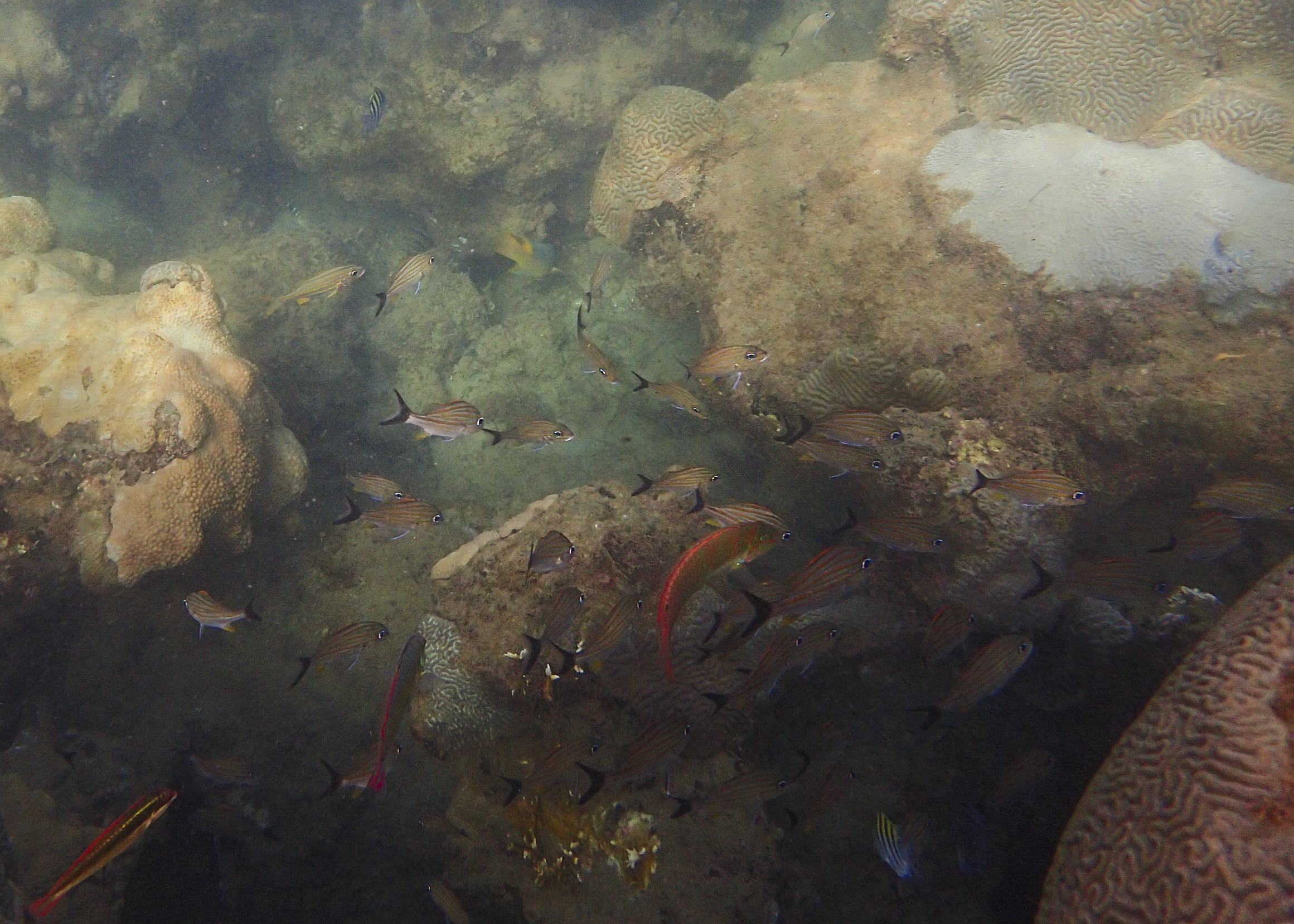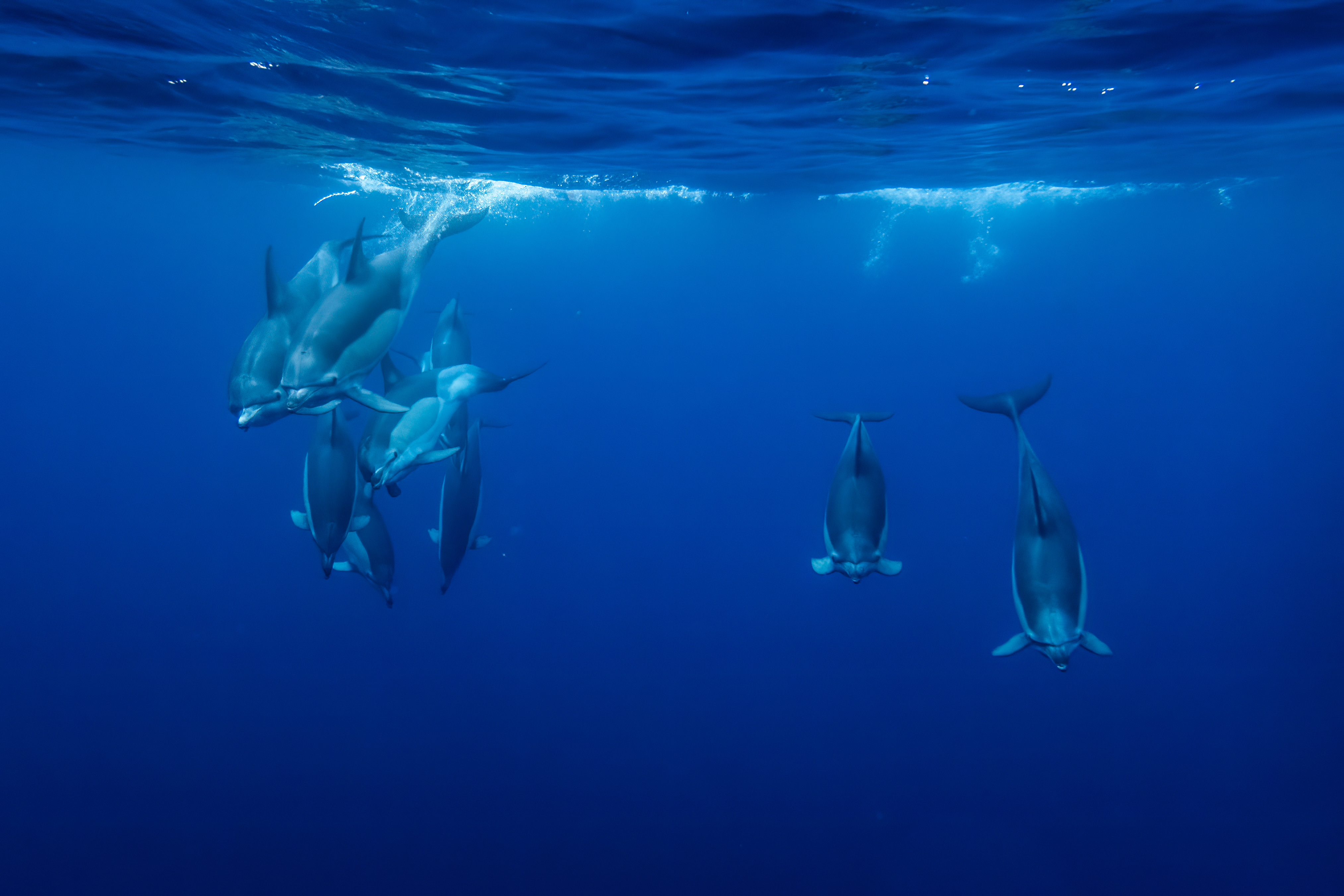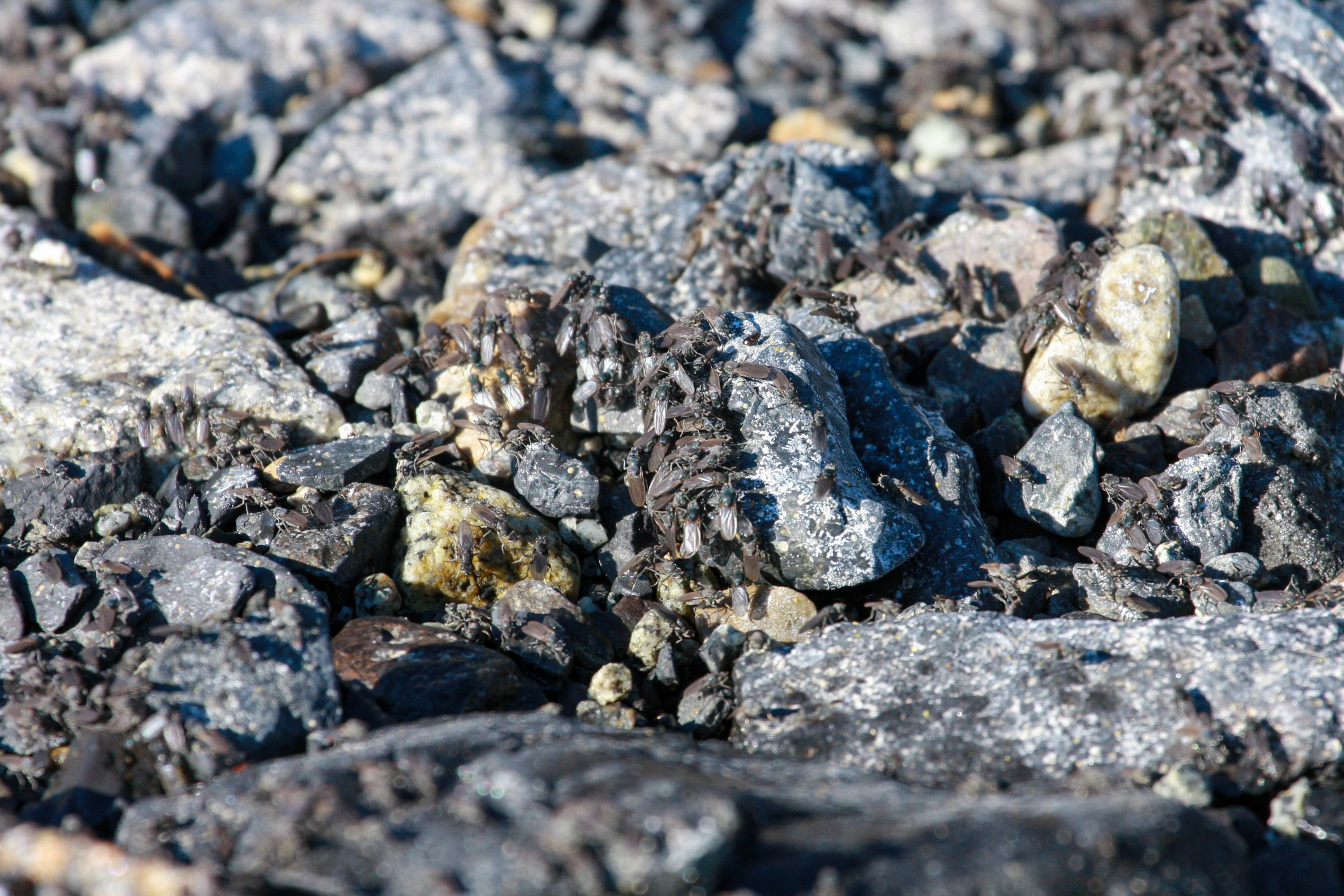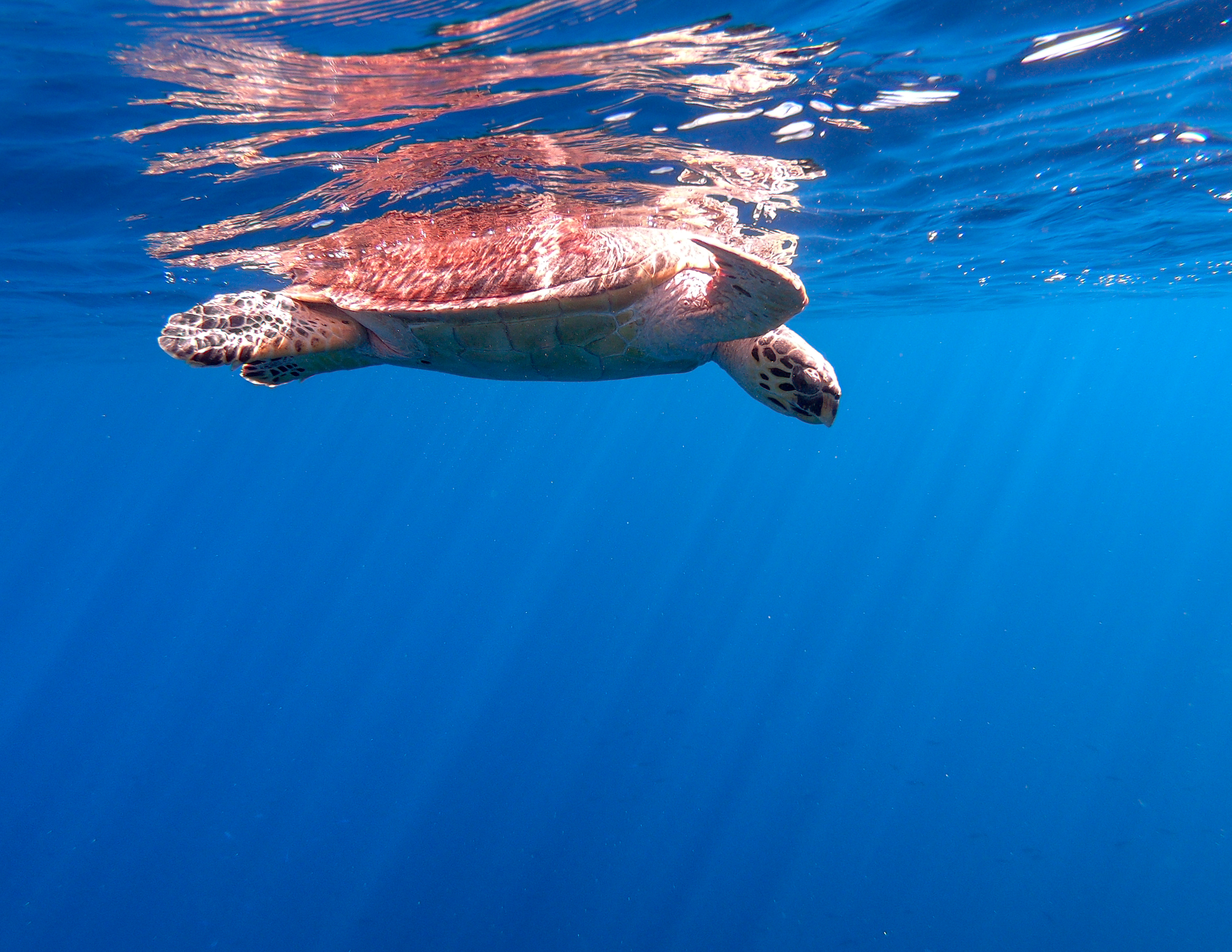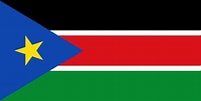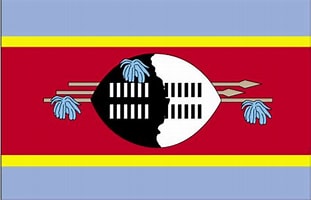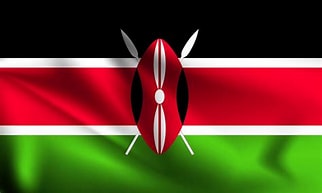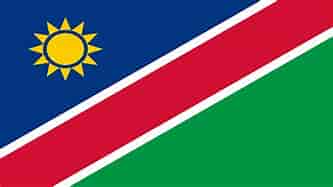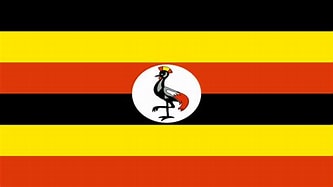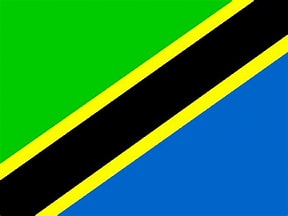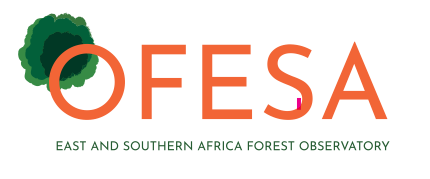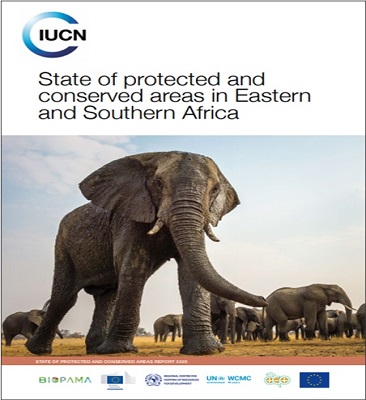Terrestrial ecosystems have the highest protection while the coastal and marine environment have the least protection. The extensive national parks, 'the Eastern Arc' mountains, wetlands, coastal forests, marine and fresh water systems as outstanding reservoirs of plant and animal species make Tanzania one of the world's greatest reservoirs of biodiversity. Tanzania is also home to a variety of endemic species of amphibians, lizards, snakes, birds, wild coffee varieti es, and the famous African violet flowers.
Ngorongoro Conservation Area and Serengeti National Park are Biosphere Reserves and World Heritage Sites known for the world’s most spectacular migration of large mammals each year. In Serengeti National park they traverse the wide-sweeping grasslands and associated Acacia-Commiphora woodlands, one of the major forest ecosystems in the country while in Ngorongoro Conservation Area, they traverse the upper Kitete/Selela corridor along the Great Rift Valley that connects it to Lake Manyara National park utilised by elephants and buffalos. Needless to say, wildlife corridors are under serious threat in Tanzania, facing an intense pressure from land use change.
Transboundary protected and conserved areas
Tanzania includes parts of eight transboundary conservation areas, namely Amboseli-Kilimanjaro-Longido, Kagera TFCA, Mnazi Bay-Quirimbas TFCA, Niassa-Selous TFCA, Sango Bay-Minziro, Serengeti-Mara, Tanga Marine Reserves System and Tanga Coelacanth Marine Park and Diani-Chale and Kisite-Mpunguti , and the Western Indian Ocean Transfrontier Marine Park.
Policy context
A comprehensive report on legislation and policy related to protected area management, governance, and equity was undertaken by the BIOPAMA programme. It identified 74 relevant laws and policies in Tanzania (Tessema, 2019) . Recently, the President has signed into law establishment of the Julius Nyerere, Kigosi and River Ugalla National parks. (TANAPA)
Key species
The country has extensive diversity of species with at least 14,500 known and confirmed species and is among 15 countries globally with the highest number of endemic as well as threatened species. It accounts for more than one third of total plant species in Africa and ranks twelfth globally in terms of bird species. The country is a home to about 20% of Africa's large mammal population.
Of the total number of species existing in the country, more than half of them (54%) constitute plant species. Notably, over 25% of all plant species are used as wild-harvested medicinal plants.
The exact number of endemic species in the country is not known. However, available information indicates endemic species to be ranging between 400-3,000 species.
Based on analysis of threatened species in the country taking into account ecological, economic and social significance, species of concern include, but are not limited to: black rhino (Diceros bicornis) and elephants (Loxodonta africana) which are endangered due to poaching. Other keystone species of critical importance include Chimpanzee (Pan troglodytes), Colobus monkeys (e.g. Procolobus gordonorum and Procolobus kirkii), Mangabey monkeys (e.g.
Rungwecebus kipunji, Cercocebus sanjei), leopard (Panthera pardus), cheetah (Acinonyx jubatus), and African wild dog (Lycaon pictus). Tanzania is home to the world’s largest population of lion (Panthera leo). There also high-value timber Species (e.g. Afzelia spp, Pterocarpus spp., Diospyros mespiliformis). In addition there are important marine species including prawns (Metapenaeus monocerus, Penaeus indicus, P. monodon), tuna, Dugong and marine turtles.
Pressures and threats
Tanzania’s richness in biodiversity experiences increasing threat like in other countries due to a number of natural and human drivers. The main threat to biodiversity in Tanzania is habitat loss and destruction by conversion to other land uses such as settlements, agriculture and grazing, overexploitation of plant and animal species; the introduction of non-native species, pollution and climate change.
Human activities such as: poaching; deforestation, bottom trawling in the oceans and unsustainable fishing practices; the damming and dredging of streams, rivers, and lakes; and the draining and degradation of wetlands, estuaries, and mangroves are responsible for biodiversity loss in water bodies. These activities are aggregated by economic growth, population growth, poverty, global trade in plant and animal species and climate change.
Other serious threats to habitats includes deforestation, coral destruction, habitat degradation due to fires, unplanned land use, unmanaged natural resource extraction, increased bush meat trade and the building of roads and other infrastructures. wildlife corridors are one such type of habitat facing intense pressure of being converted into other land forms.
Habitats in marine ecosystems face serious threats of mangrove destruction, coral destruction, dynamite fishing and illegal fishnets while Inland water habitats have a major threats related to declining water levels due to reduced rainfall and increased evaporation, decline in fish species diversity due to over-exploitation of the fish stocks, illegal fishing, introduction exotic fish and species especially Nile perch and water hyacinth; pollution and eutrophication due to nutrients enrichment especially phosphorus and nitrogen.
Habitats on terrestrial ecosystems are under tremendous pressure from unsustainable exploitation of the animal species. The key species that are under this pressure include the larger carnivores such as lions, leopards, cheetahs, wild dogs and the herbivores group including population of elephants, Giraffe (Giraffa camelopardalis), zebra (Equus burchelli), buffalo (Syncerus caffer), antelopes, wildebeest (Connochaetus taurinus), and black rhinoceros (Diceros bicornis).


